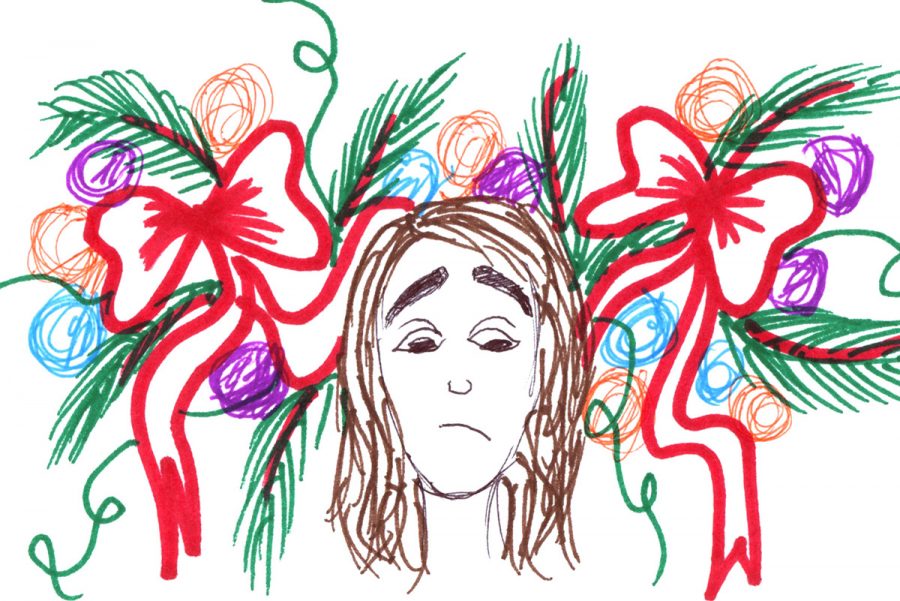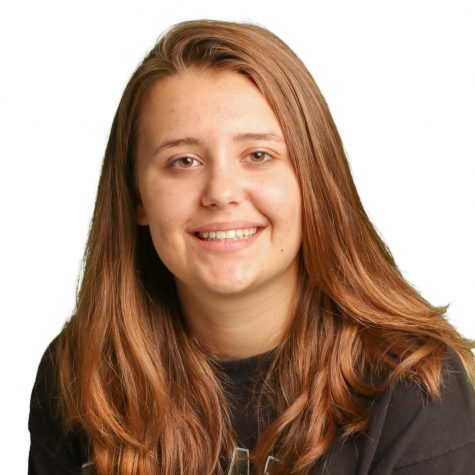Winter blues and bad moods
Seasonal Affective Disorder may be the answer to your winter moods
January 12, 2018
The winter blues are not an uncommon thing. As the sun sets sooner and as temperatures drop, it is natural for your body to change with the season. For most, when the sky is a gloomy grey, the cool months marks a time for fun, and sipping hot chocolate or making snow angels under the white clouds. For others, however, winter causes a gloominess over their world and their mind.
Seasonal Affective Disorder, more commonly known as SAD, is a form of depression related to the change of seasons, beginning and ending at the same time of year. Most symptoms begin in the fall and continue through winter, usually characterized by a lack of energy and changes in a person’s overall mood for months.
SAD affects 3 million people in the U.S. every year, yet most cases are dismissed as a side effect of the change in atmosphere. Symptoms can be shown in various ways, depending on the time the person is affected, but most universal symptoms are shown in having low energy, sleep abnormalities, like sleeping too much or too little, eating abnormalities, and being withdrawn, almost like “hibernating.”
Although there are many theories as to the cause behind this illness, there is no definitive answer, as causes seem to vary with each person. One theory is that as the amount of sunlight decreases, a person’s circadian rhythm, or internal clock, is disrupted. Another cause could be a drop in serotonin levels, a neurochemical that regulates mood. Less sunlight can trigger a decrease of serotonin, causing depression. Similarly, the decrease of sunlight can disrupt melatonin levels, another neurochemical that regulate sleep and mood.
Not everyone will be affected by the change in environment. Risk factors make certain people more susceptible to developing SAD. Such factors include being female, as they are four times as likely to be diagnosed than men, being a child or teen, or previous family diagnoses of SAD or depression. Living further from the equator shows more frequency of SAD diagnoses. For example, Florida reported only 1 percent of their population to have SAD, as compared to 9 percent in New England and Alaska.
To treat SAD, physicians had to come up with revolutionary treatments to imitate and simulate sunlight. Although more traditional and practiced treatments are shown to work against SAD, vitamin D and light therapy are the most successful. SAD lamps that replicate the benefits of natural sunlight, have made heliotherapy one of the most effective and convenient remedy.
So, if your winter seems to drain the joy out of the holidays, talk to your doctor or invest in a SAD lamp. With precautions such as these, winter should be a breeze.















